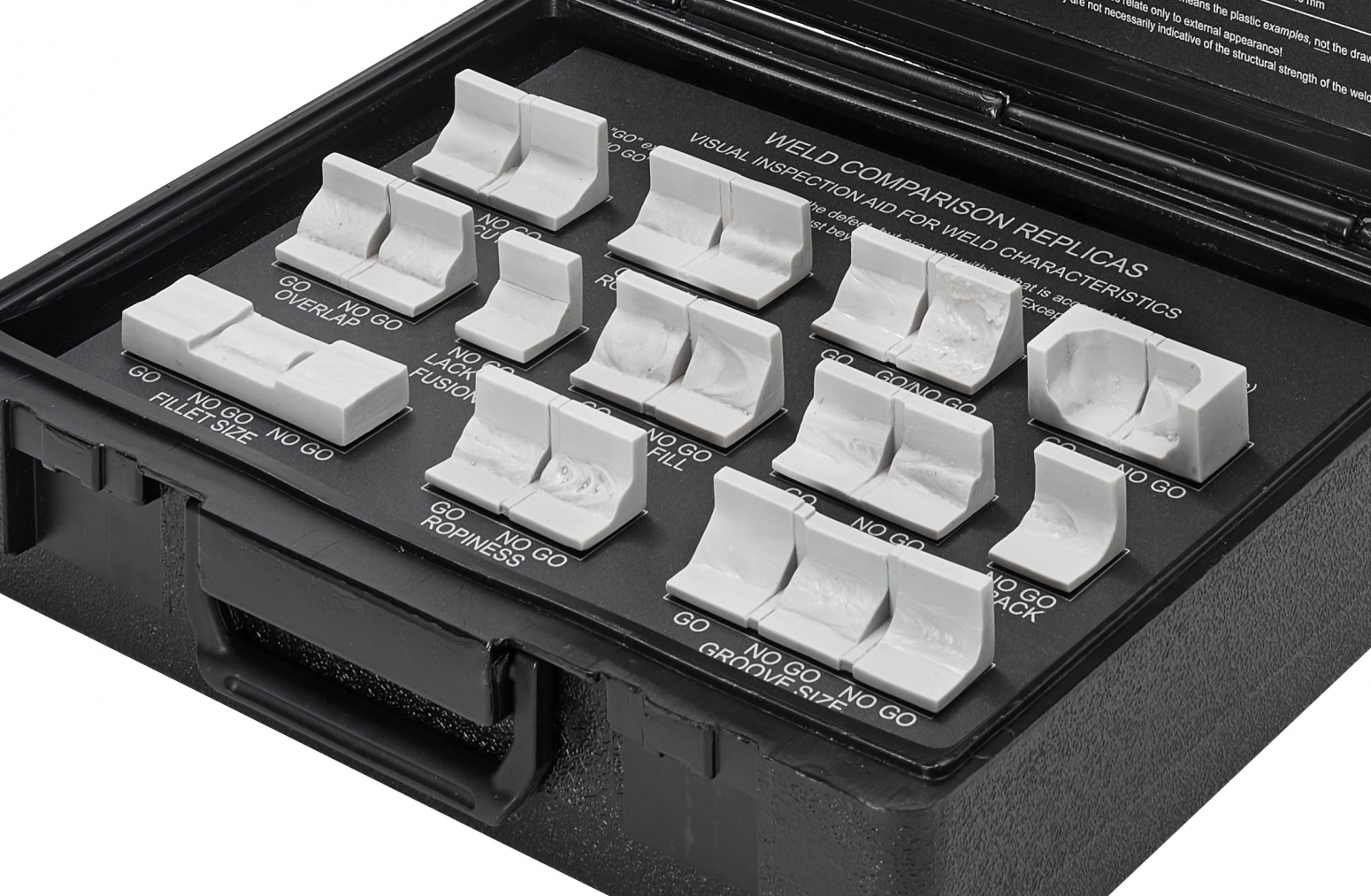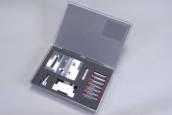Basic Precision Measurement Kit 1
DAC Worldwide’s Basic Precision Measurement Kit 1 (803-101) covers valuable industrial quality assurance skills using precision rules, dial calipers, micrometers, and other common precision measurement tools and instruments. Learners will use locally-available precision measurement tools to practice fundamental measurement techniques and tools used in industry.








 Our learning programs develop job-ready skills that have been proven time and again. Take a look at how we can help you be successful!
Our learning programs develop job-ready skills that have been proven time and again. Take a look at how we can help you be successful!


